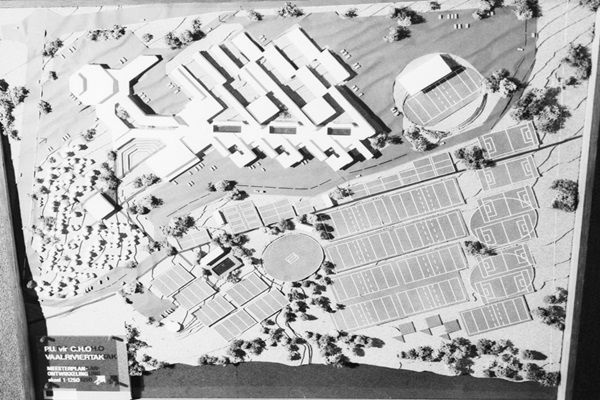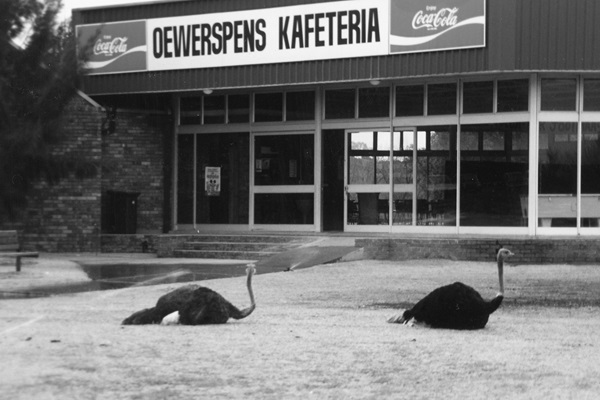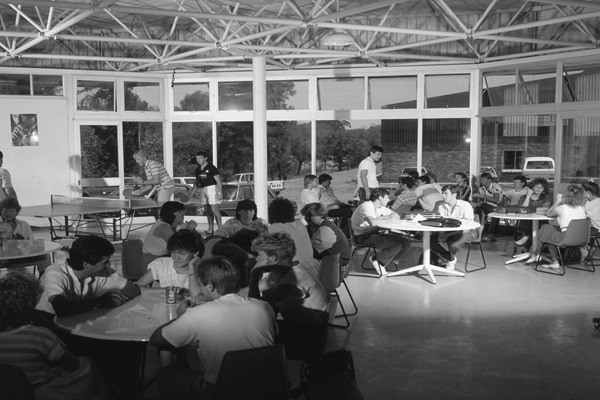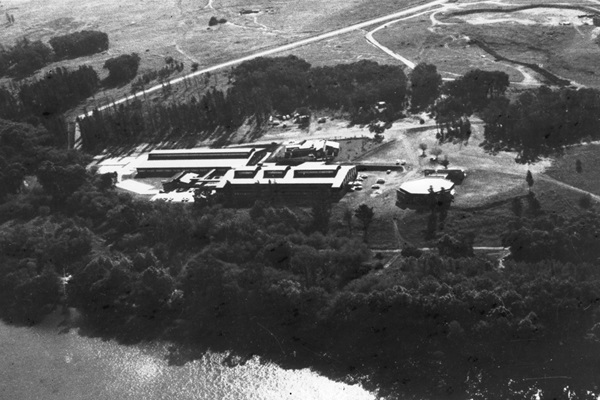- A need for training in the Vaal Triangle (formed by the towns Vanderbijlpark, Sasolburg and Vereeniging) stemmed from industrial development in the area after World War II.
-
After the establishment of steel works in the area, Vanderbijlpark received municipal status in 1952. It was named after Dr Hendrik van der Bijl, an electrical engineer, who was tasked by the government with in the planning of the country’s industrial development.
-
Sasolburg was founded in 1952 after a plant to extract oil from coal was established in the area.
-
In 1958 business leaders, under leadership of Dr FP Jacobsz, and representatives from the Potchefstroom University for Christian Higher Education (PU for CHE) began to discuss the possibility of a university campus for the Vaal Triangle.
-
In 1963 Prof AJE Sorgdrager from the PU for CHE began offering refresher courses for cost accountants in the Vanderbijlpark area.
-
The PU formally established its Vaal River Branch in 1965.
-
In 1973 the PU for CHE acquired land, 88 hectares in extent, next to the Vaal River to develop a university campus. Later a further 23 ha were acquired so that by 2004 the terrain was 111 ha in size.
-
Guidelines, set out by the Vanderbijlpark municipality, required that students should be able to walk between buildings. To create a peaceful and safe environment, foot and vehicle traffic were to be separated.
-
Hence a master plan was created.

A scale model of the development of the Vaal Triangle Campus as it appeared in 1986. The only recognisable building on this plan, is the Student Cafeteria, Oewerspens. It is the octagonal building, shown here top left.
-
The first building on the terrain was a recreational hall, which could also be used as a student cafeteria, named “Oewerspens”.

The Oewerspens Student Cafeteria was the first structure to be built on the river campus of the Vaal Triangle Campus. When a new student cafeteria was built at the main campus, the same octagonal design was chosen, just much larger. Some of the wildlife for which the campus is still known today, relaxes in front of the building.

Oewerspens inside: The Oewerspens was popular with students in the 1980’s and 1990’s. Note the advertisement for Winston cigarettes against the wall. At the time this cigarette company was one of the major sponsors for RAG.
-
At the time the Oewerspens was built, a multi-purpose steel structure was erected, later becoming the Administration Building.
-
Next to the Administration Building in the south-western corner of the campus a lecture hall complex was built in 1983. Unlike the Administration Building, it was not a steel structure, but a single-storey brick building which housed thirty lecture halls. By 2004 the offices of the Student Representative Council and the Business School were housed in this building.

This aerial view of the River Complex shows the Oewerspens Student Cafeteria, the multi-purpose building and lecture halls which are part of the River Complex.
